skanti / Scan2cad
Projects that are alternatives of or similar to Scan2cad
Scan2CAD (CVPR 2019 Oral)
We present Scan2CAD, a novel data-driven method that learns to align 3D CAD models from a shape database to 3D scans.

Link to the annotation webapp source code
Get the Scan2CAD dataset - we reply very quickly:)
Demo samples
Scan2CAD Alignments

Orientated Bounding Boxes for Objects

Description
Dataset used in the research project: Scan2CAD: Learning CAD Model Alignment in RGB-D Scans
For the public dataset, we provide annotations with:
-
97607keypoint correspondences between Scan and CAD models -
14225objects between Scan and CAD -
1506scans
An additional annotated hidden testset, that is used for our Scan2CAD benchmark contains:
-
7557keypoint correspondences between Scan and CAD models -
1160objects between Scan and CAD -
97scans
Benchmark
We published a new benchmark for CAD model alignment in 3D scans (and more tasks to come) here.
Get started
- Clone repo:
git clone https://github.com/skanti/Scan2CAD.git
-
Ask for dataset: (see sections below. You will need ScanNet, ShapeNet and Scan2CAD).
-
Copy dataset content into
./Routines/Script/. -
Visualize data:
python3 ./Routines/Script/Annotation2Mesh.py
- Compile
c++programs
cd {Vox2Mesh, DFGen, CropCentered}
make
- Voxelize CADs (shapenet):
python3 ./Routines/Script/CADVoxelization.py
- Generate data (correspondences):
python3 ./Routines/Script/GenerateCorrespondences.py
- Start
pytorchtraining for heatmap prediction:
cd ./Network/pytorch
./run.sh
- Run alignment algorithm:
cd Routines/Scripts
python3 Alignment9DoF.py --projectdir /Network/pytorch/output/dummy
- Mesh and view alignment result:
cd Routines/Scripts
python3 Alignment2Mesh.py --alignment ./tmp/alignments/dummy/scene0470_00.csv --out ./
Download Scan2CAD Dataset (Annotation Data)
If you would like to download the Scan2CAD dataset, please fill out this google-form.
A download link will be provided to download a .zip file (approx. 8MB) that contains the dataset.
Format of the Datasets
Format of "full_annotions.json"
The file contains 1506 entries, where the field of one entry is described as:
[{
id_scan : "scannet scene id",
trs : { // <-- transformation from scan space to world space
translation : [tx, ty, tz], // <-- translation vector
rotation : (qw, qx, qy, qz], // <-- rotation quaternion
scale : [sx, sy, sz], // <-- scale vector
},
aligned_models : [{ // <-- list of aligned models for this scene
sym : "(__SYM_NONE, __SYM_ROTATE_UP_2, __SYM_ROTATE_UP_4 or __SYM_ROTATE_UP_INF)", // <-- symmetry property only one applies
catid_cad : "shapenet category id",
id_cad : "shapenet model id"
trs : { // <-- transformation from CAD space to world space
translation : [tx, ty, tz], // <-- translation vector
rotation : [qw, qx, qy, qz], // <-- rotation quaternion
scale : [sx, sy, sz] // <-- scale vector
},
keypoints_scan : { // <-- scan keypoints
n_keypoints` : "(int) number of keypoints",
position : [x1, y1, z1, ... xN, yN, zN], // <-- scan keypoints positions in world space
},
keypoints_cad : { // <-- cad keypoints
n_keypoints` : "(int) number of keypoints",
position : [x1, y1, z1, ... xN, yN, zN], // <-- cad keypoints positions in world space
},
// NOTE: n_keypoints (scan) = n_keypoints (CAD) always true
}]
},
{ ... },
{ ... },
]
Format of "cad_appearances.json"
This file is merely a helper file as the information in this file are deducible from "full_annotations.json". The file contains 1506 entries, where the field of one entry is described as:
{
scene00001_00 : { // <-- scan id as key
"00000001_000000000000abc" : 2, // <-- catid_cad + "_" + id_cad as key, the number denotes the number of appearances of that CAD in the scene
"00000003_000000000000def" : 1,
"00000030_000000000000mno" : 1,
...
},
scene00002_00 : {
...
},
},
Visualization of the Dataset + BBoxes
Once you have downloaded the dataset files, you can run ./Routines/Script/Annotation2Mesh.py to preview the annotations as seen here (toggle scan/CADs/BBox):

Data Generation for Scan2CAD Alignment
Scan and CAD Repository
In this work we used 3D scans from the ScanNet dataset and CAD models from ShapeNetCore (version 2.0). If you want to use it too, then you have to send an email and ask for the data - they usually do it very quickly.
Here is a sample (see in ./Assets/scannet-sample/ and ./Assets/shapenet-sample/):
| ScanNet Color | ScanNet Labels |
|---|---|
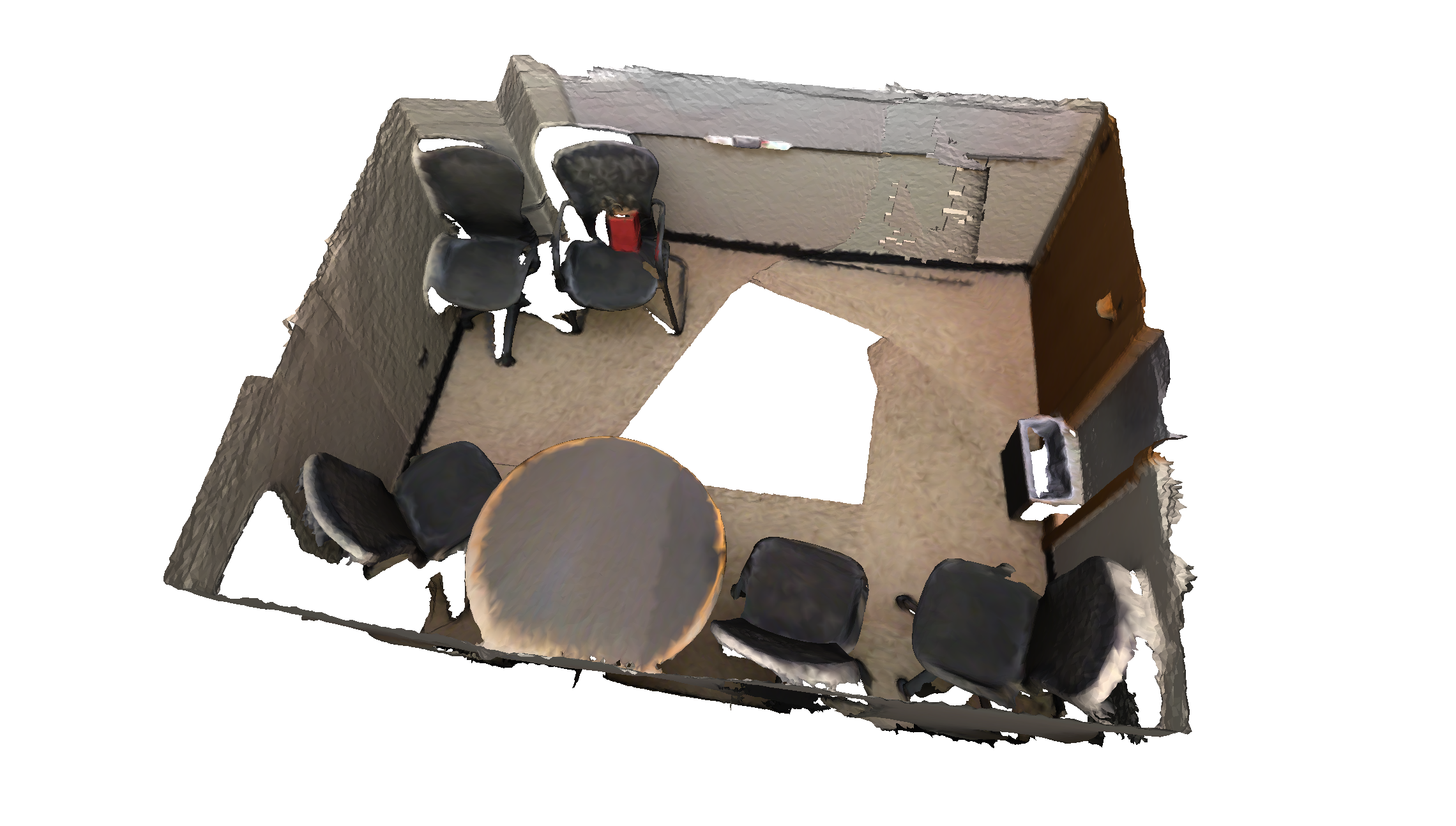 |
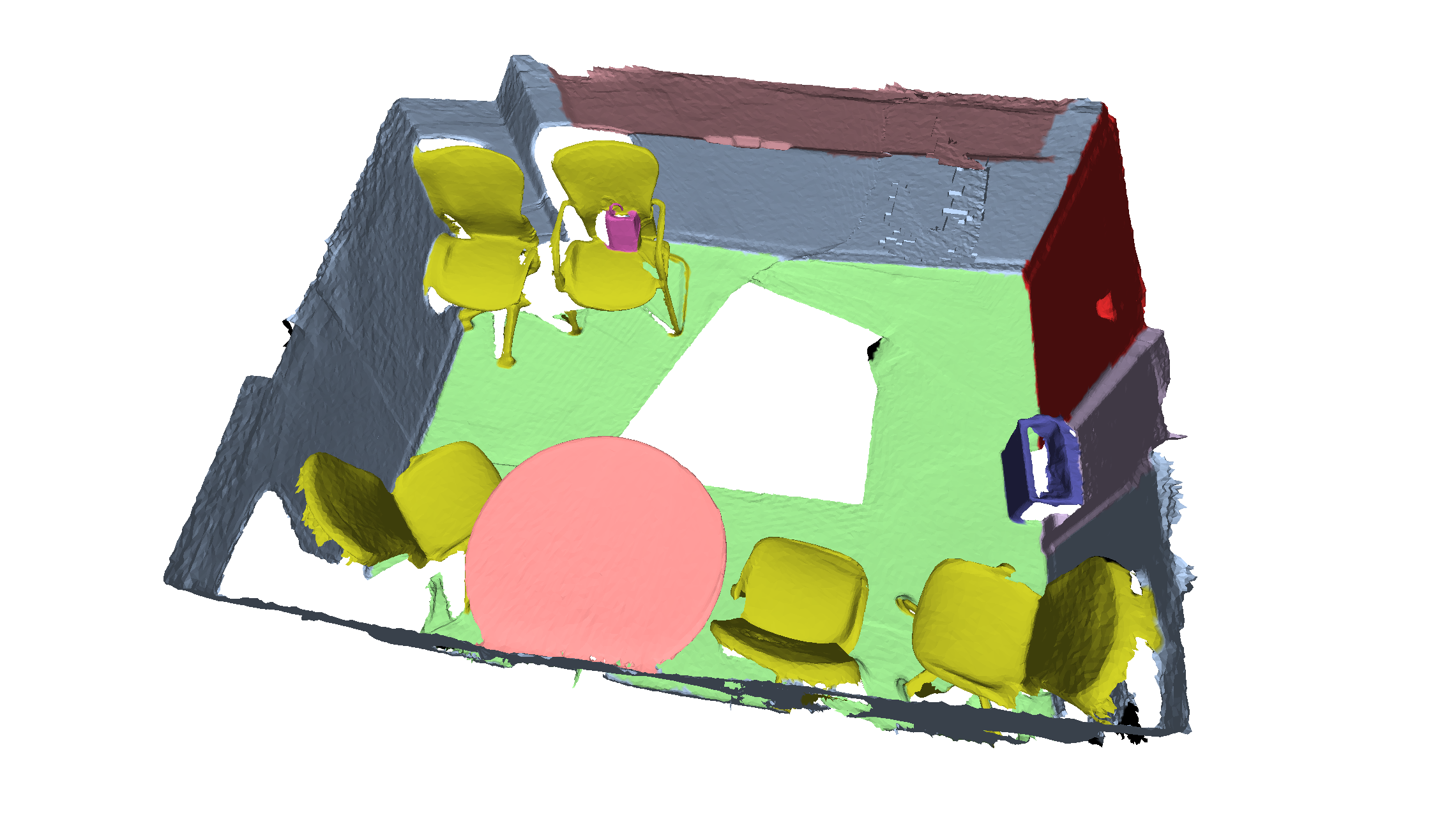 |
| ShapeNet Trashbin | ShapeNet Chair | ShapeNet Table |
|---|---|---|
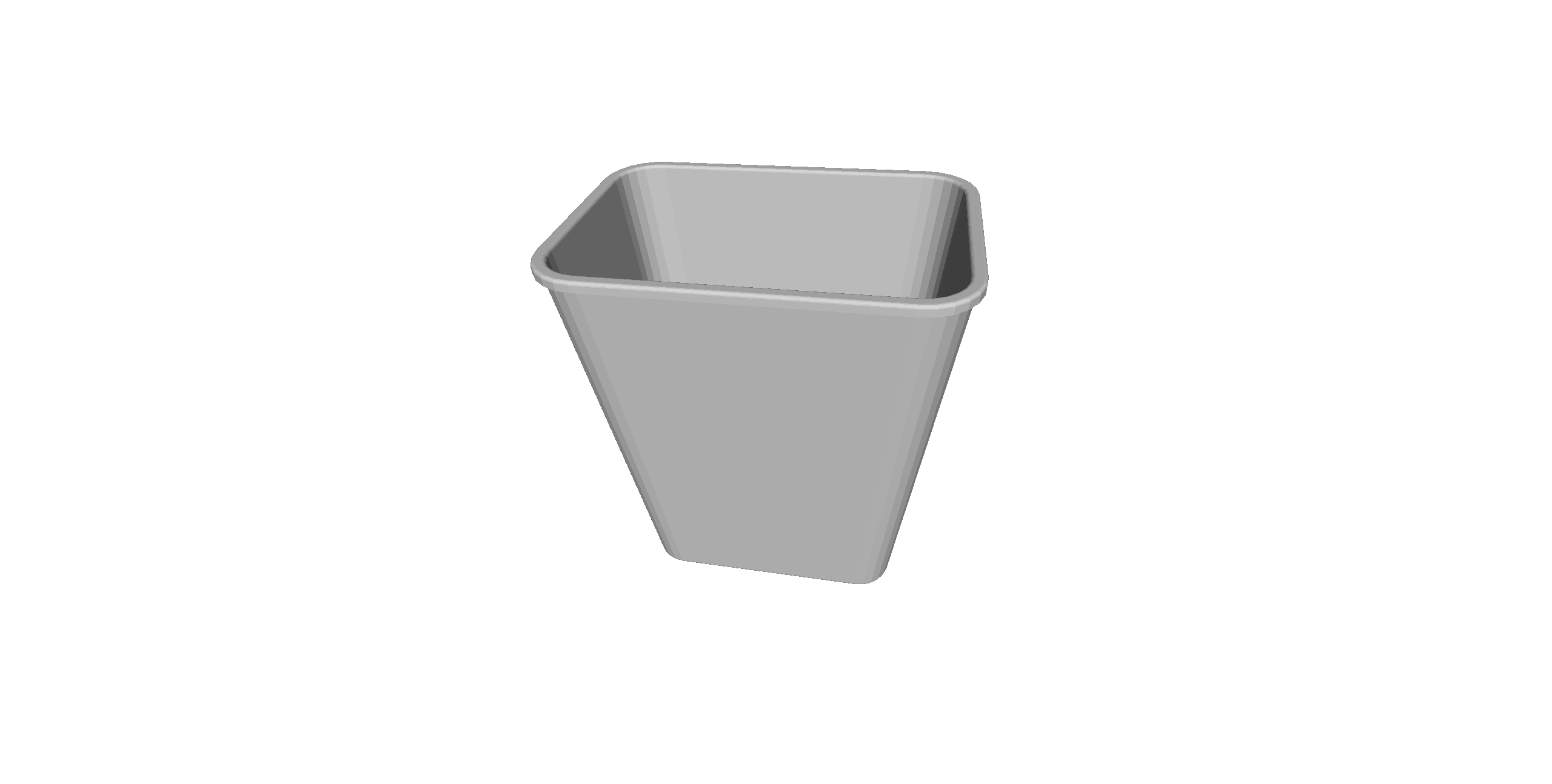 |
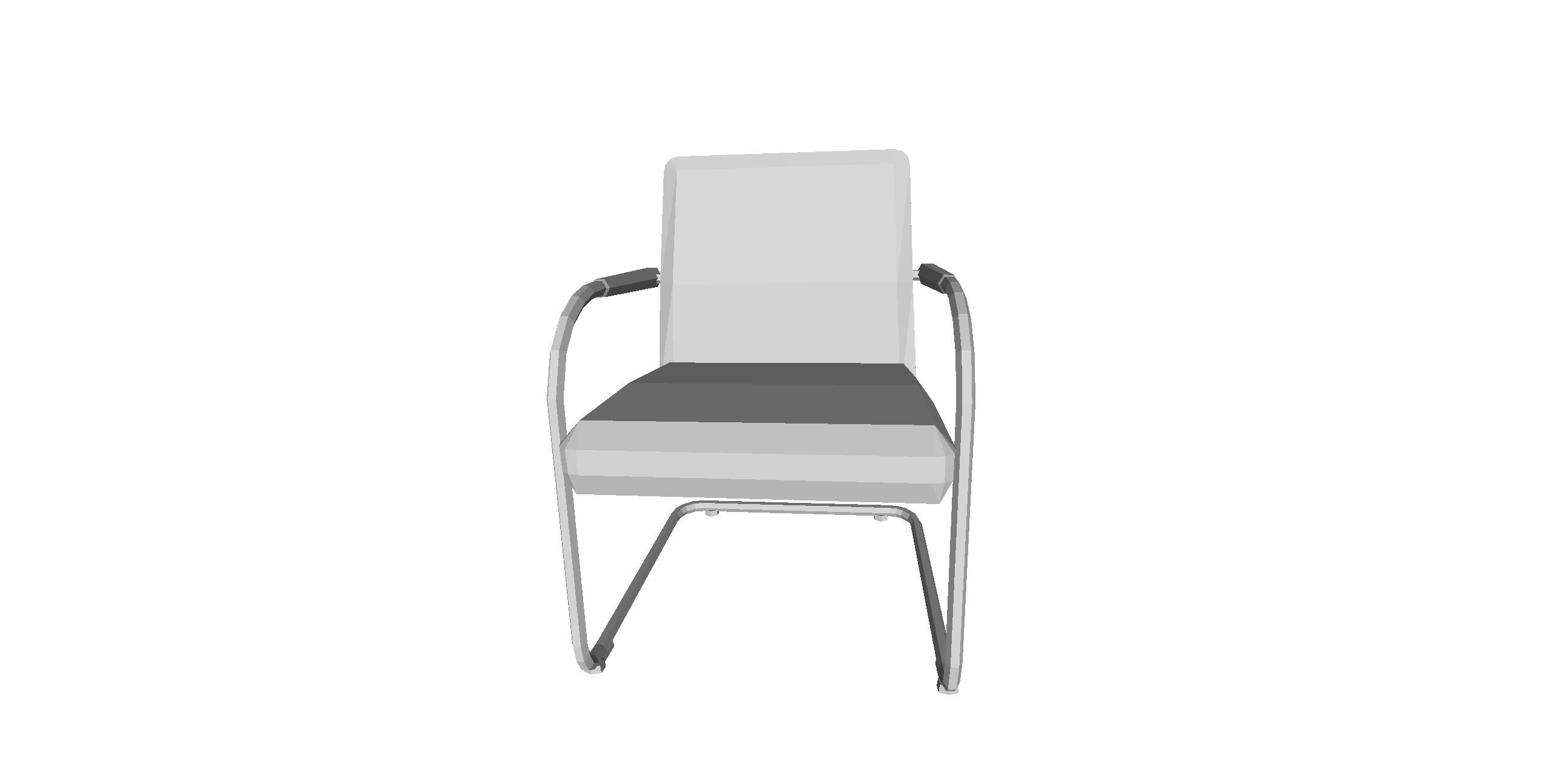 |
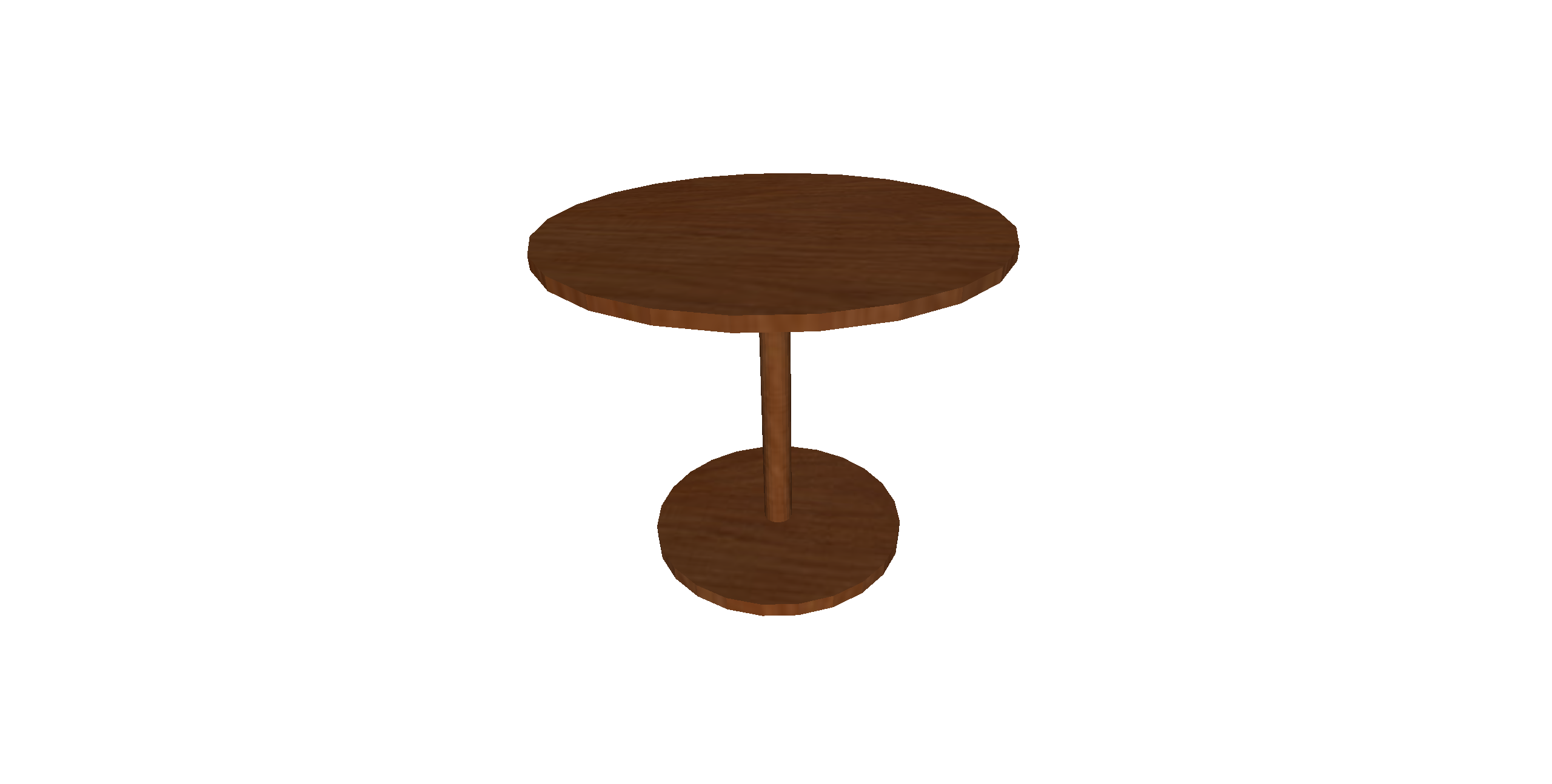 |
Voxelization of Data as Signed Distance Function (sdf) and unsigned Distance Function (df) files
The data must be processed such that scans are represented as sdf and CADs as df voxel grids as illustrated here (see in ./Assets/scannet-voxelized-sdf-sample/ and ./Assets/shapenet-voxelized-df-sample/):
| ShapeNet Trashbin Vox | ShapeNet Chair Vox | ShapeNet Table Vox |
|---|---|---|
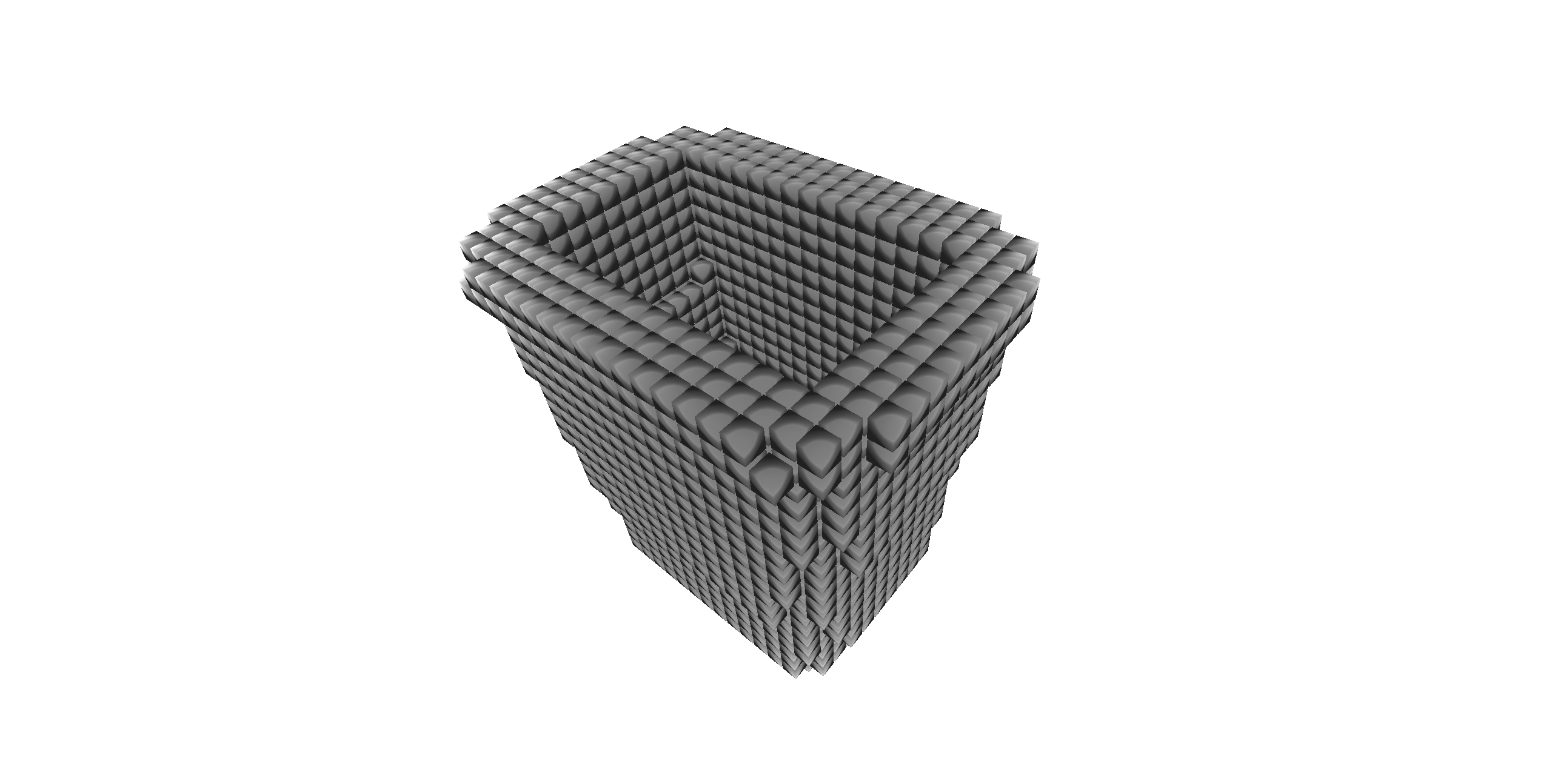 |
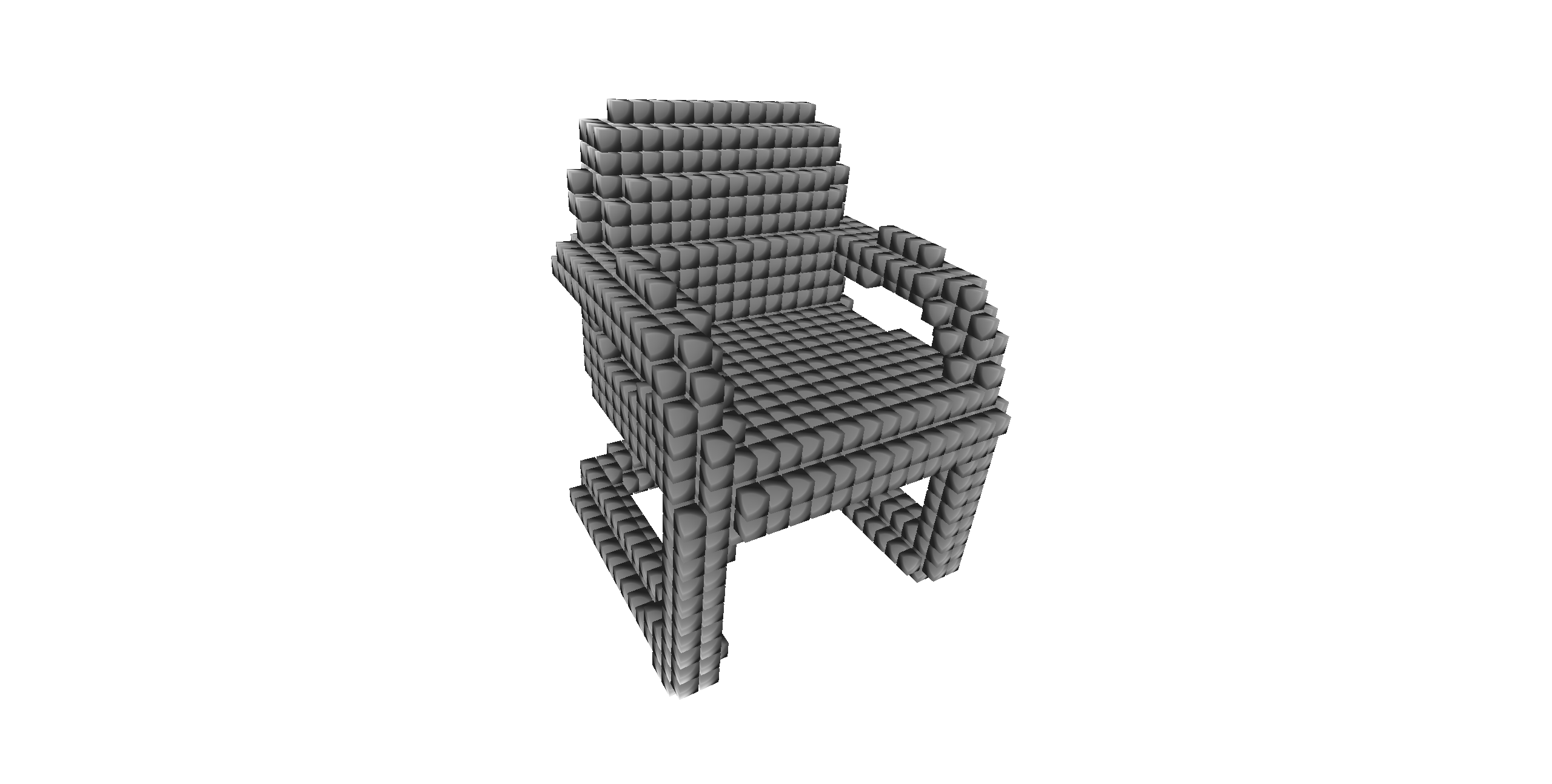 |
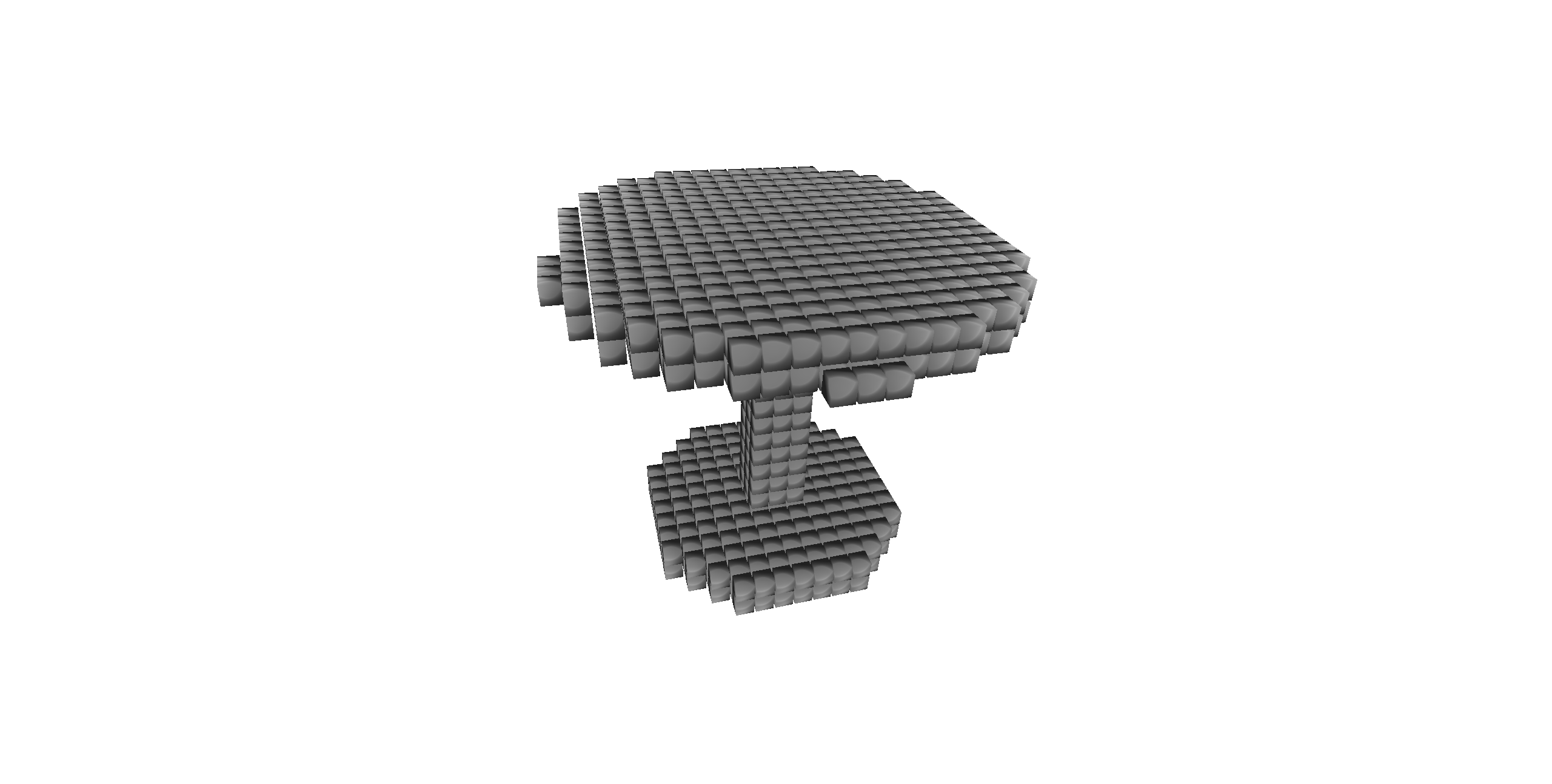 |
In order to create sdf voxel grids from the scans, volumetric fusion is performed to fuse depth maps into a voxel grid containing the entire scene.
For the sdf grid we used a voxel resolution of 3cm and a truncation distance of 15cm.
In order to generate the df voxel grids for the CADs we used a modification (see CADVoxelization.py) of this repo (thanks to @christopherbatty).
Creating Training Samples
In order to generate training samples for your CNN, you can run ./Routines/Script/GenerateCorrespondences.py.
From the Scan2CAD dataset this will generate following:
- Centered crops of the scan
- Heatmaps on the CAD (= correspondence to the scan)
- Scale (x,y,z) for the CAD
- Match (0/1) indicates whether both inputs match semantically
The generated data totals to approximately 500GB. Here is an example of the data generation (see in ./Assets/training-data/scan-centers-sample/ and ./Assets/training-data/CAD-heatmaps-sample/)
| Scan Center Vox | CAD Heatmap Vox (to be gaussian blurred) |
|---|---|
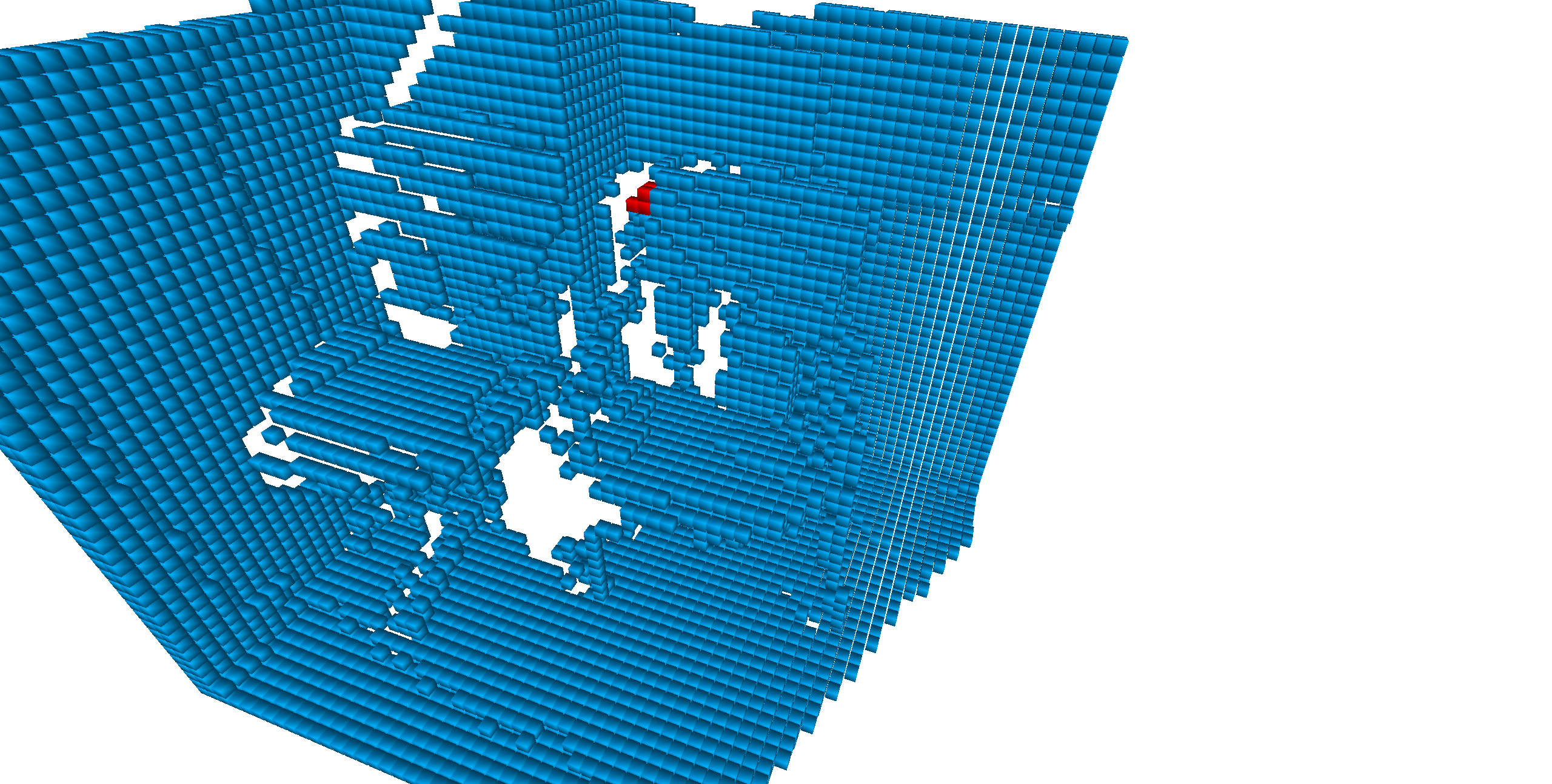 |
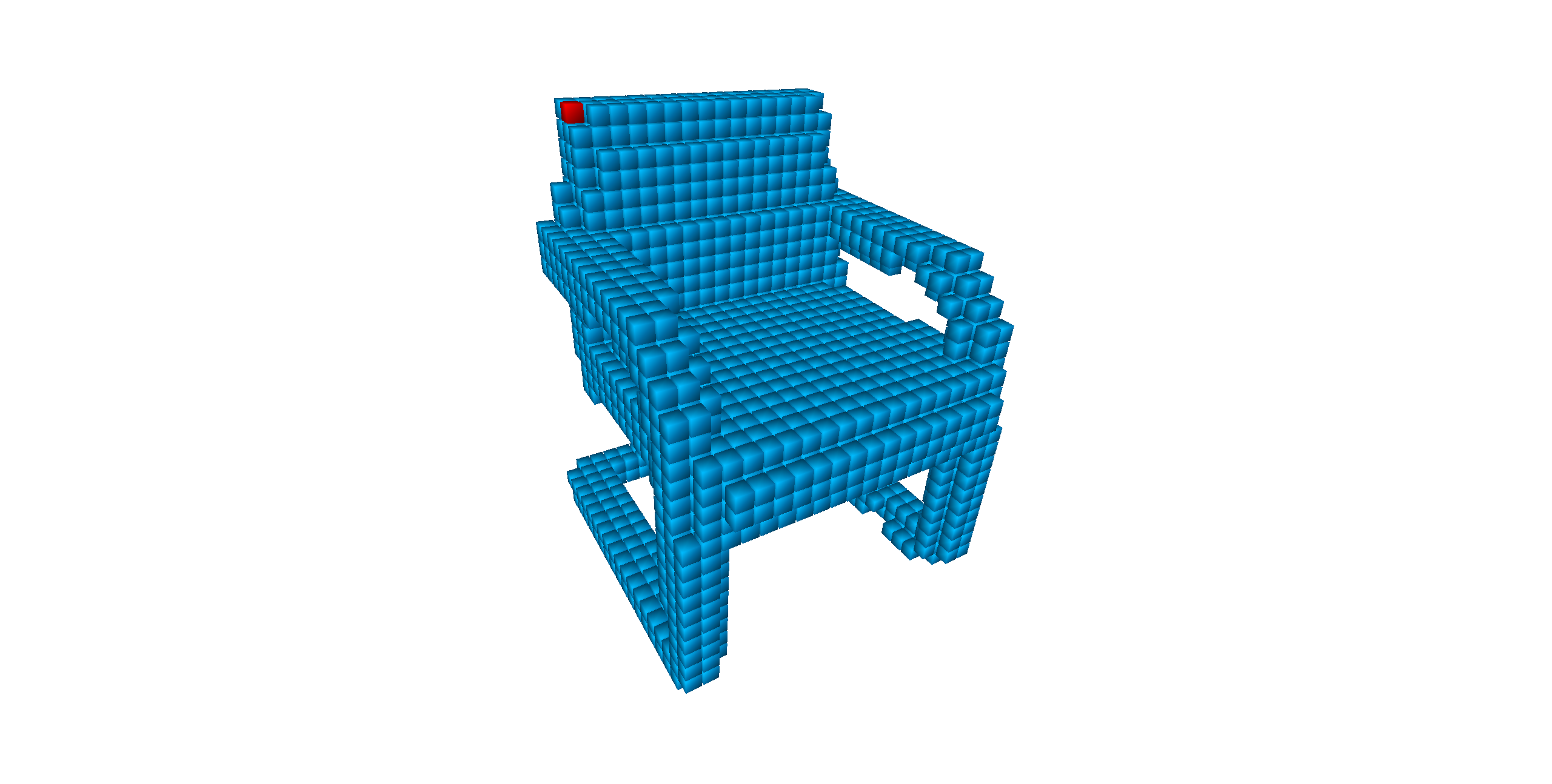 |
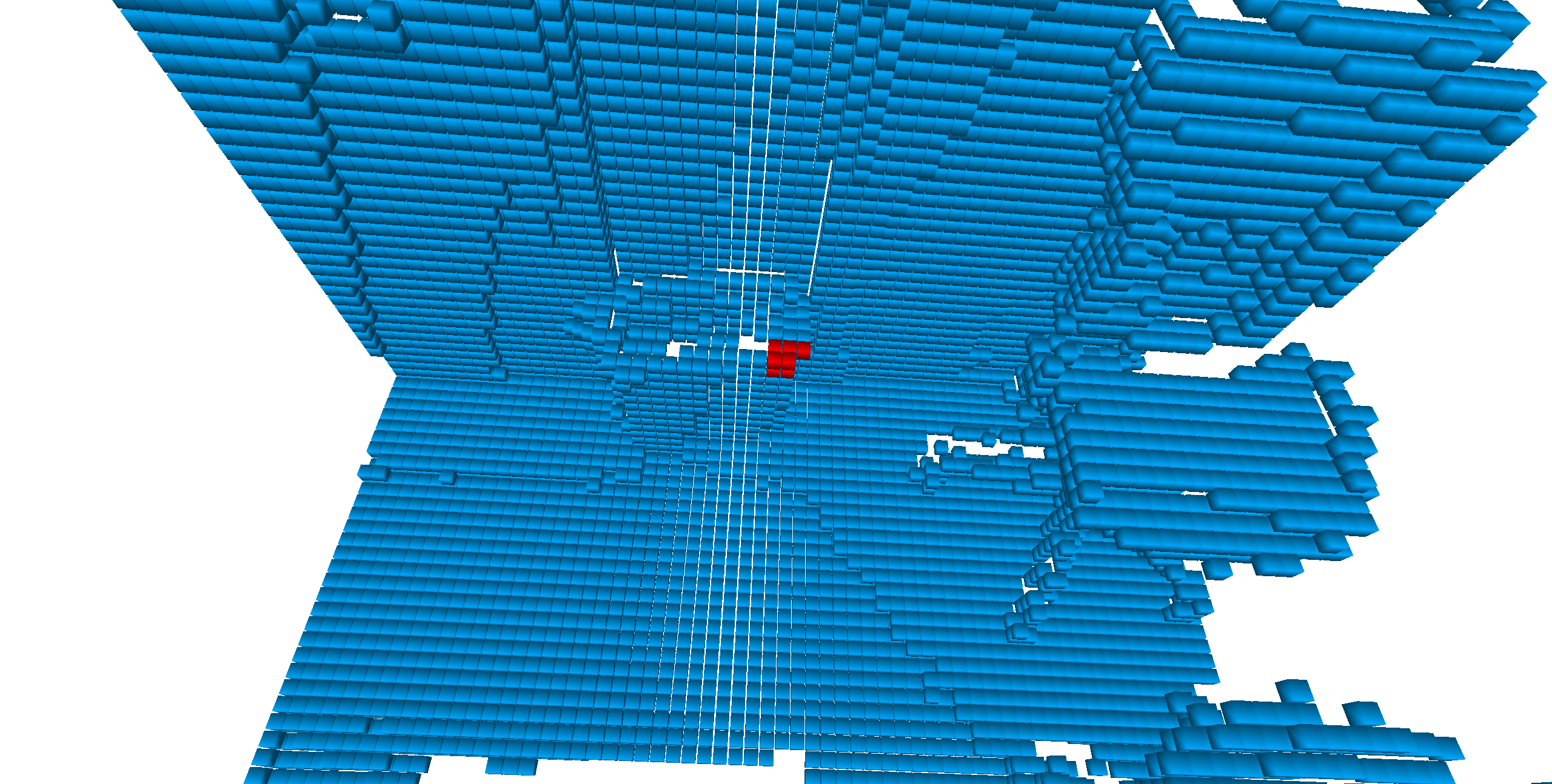 |
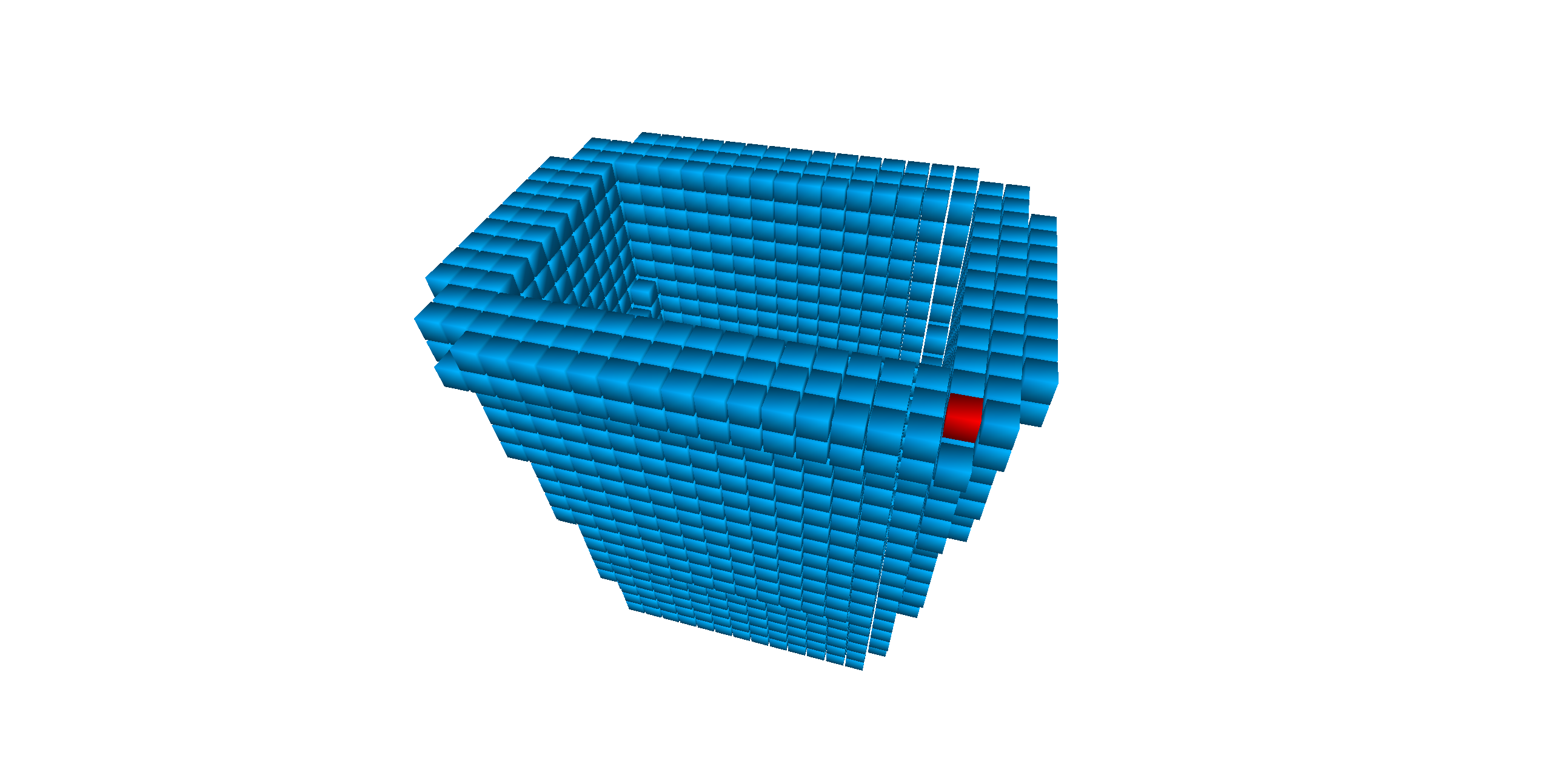 |
Citation
If you use this dataset or code please cite:
@InProceedings{Avetisyan_2019_CVPR,
author = {Avetisyan, Armen and Dahnert, Manuel and Dai, Angela and Savva, Manolis and Chang, Angel X. and Niessner, Matthias},
title = {Scan2CAD: Learning CAD Model Alignment in RGB-D Scans},
booktitle = {The IEEE Conference on Computer Vision and Pattern Recognition (CVPR)},
month = {June},
year = {2019}
}
